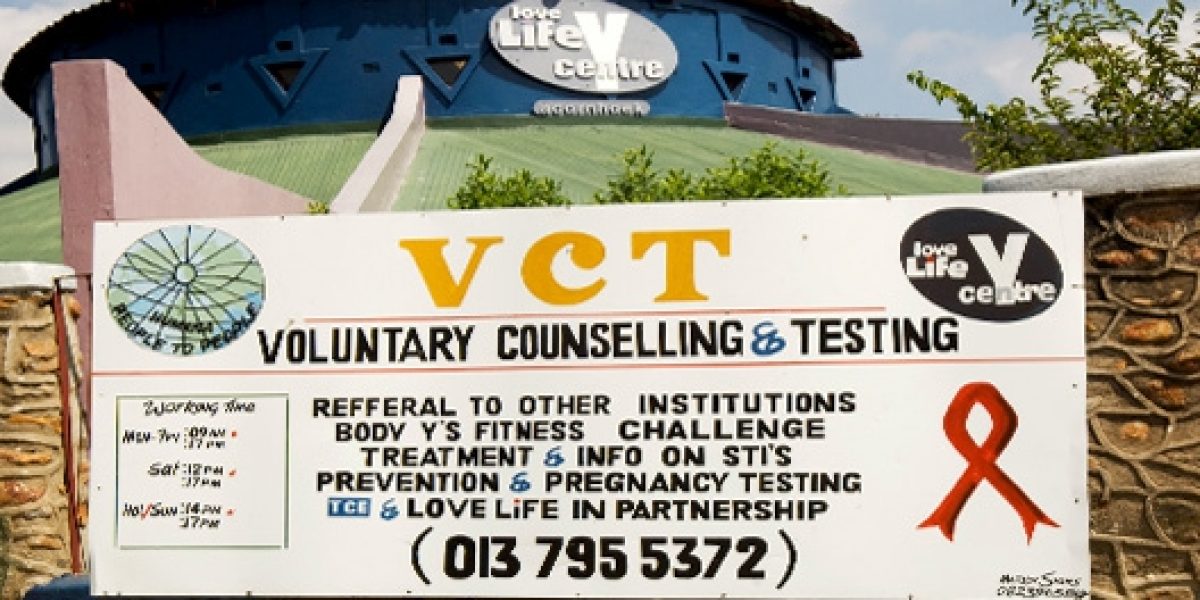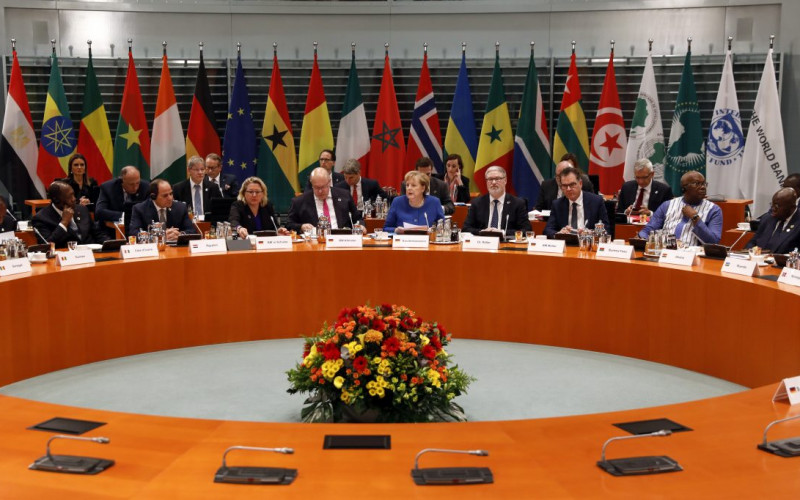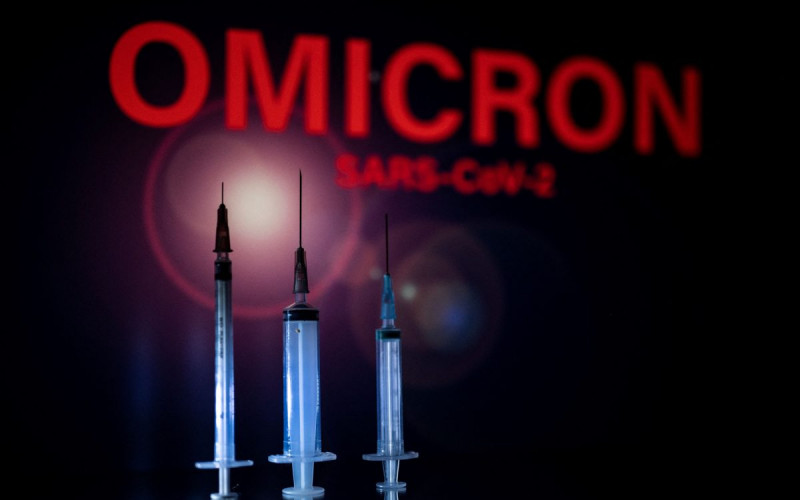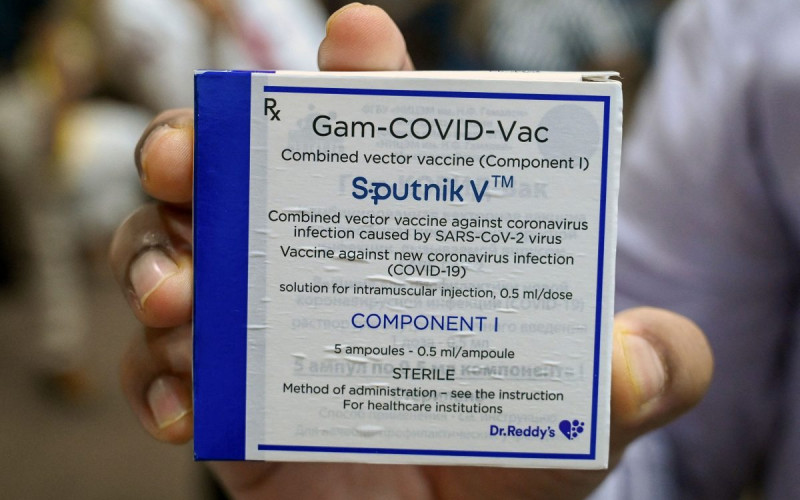The intergovernmental organisation developed the initiative in 2010 to improve the region’s response to HIV and AIDS among its vulnerable populations and to reduce HIV infections. Three years later, it is a good example of how regions can collaborate on communicable diseases.
It provides an idea of the potential success of regional partnerships with national health ministries, civil society organisations and multilateral agencies to develop, co-ordinate and implement programmes that promote access to health care and medicines.
With the sustainable development goals set as the new global agenda for the next 15 years, regional organisations will be integral to support countries to reach these new goals by 2030.
In southern Africa, SADC will have a particularly important role to play to assist countries to implement these new goals.
A bad track record
Southern Africa is one of the poorest African sub-regions. With more than 13.4 million people living with HIV, the region has the highest level of HIV and AIDS globally. It also has prominent levels of tuberculosis, and 75% of its population are at risk of contracting malaria.
The region’s development progress is pessimistic, particularly with its slow progress in attaining the eight anti-poverty millennium development goal targets, set in 2000 to tackle global challenges. Research from the Open Society Initiative in Southern Africa and other partners suggest that this is the result of a number of factors. These include:
- a lack of political will;
- poverty and inequality;
- an unequal development agenda that results in underdevelopment;
- donor reliance; and
- state sovereignty.
Defining the regional focus
There are three sustainable development goals focusing on health. Goal three ensures healthy lives and promotes well-being for all at all ages. The numerous targets for goal three focus on reducing mortality, transmission of disease and improving the livelihood of vulnerable populations.
The targets for this goal and the other 16 will be implemented along with the region’s health priorities, defined in its health policy. The policy (officially known as the Health Protocol) addresses health issues in the region. It defines how countries should co-operate on health issues and on which areas they should co-ordinate their efforts.
SADC’s policies focus on HIV and AIDS, malaria and tuberculosis. There are specific goals to reduce related illnesses, poverty and to improve the way the region works together to eliminate communicable and non-communicable diseases.
But both the sustainable development goals and the region’s health goals have been criticised for being too broad. The sustainable development goals have too many ambitious targets. The region’s health policy has too many broad health frameworks, with limited human resources for health and health financing.
The ambitious targets set around the new goals are arguably overwhelming for developing nations. Countries in the region struggled to implement the initial reforms requested by global health bodies. So, what needs to be done differently to ensure the success of the goals?
If developing regional organisations work together with multilaterals, instead of current donor reliance, there is great potential for success over the next 15 years. SADC can act as a powerful force, with the correct guidance and mutually assisted support.
How SADC can help
If the region is to align with the new goals, it must have a stronger voice.
It can act as a voice for the global south, shouldering negotiating responsibility. When donors propose funding for projects, countries within and outside the region need to communicate to establish how the donor support can be used best for maximum effect.
This would mean playing a stronger role in negotiating with other regional health bodies, including the World Health Organisation, United National Development Program and the Global Fund. African-led initiatives for African problems is still a relevant concept. Citizens and countries must eventually be able to take ownership of health needs.
With the new goals, the global health community has another 15 years to radically address the social determinants of health in developing regions. SADC is an important mouthpiece for southern Africa and potentially for the global south.
The next phase of development is one to watch, especially for the vulnerable communities needing support such as access to health care and medicines, pharmaceuticals and poverty reduction to ensure everyone has the future the world wants.








